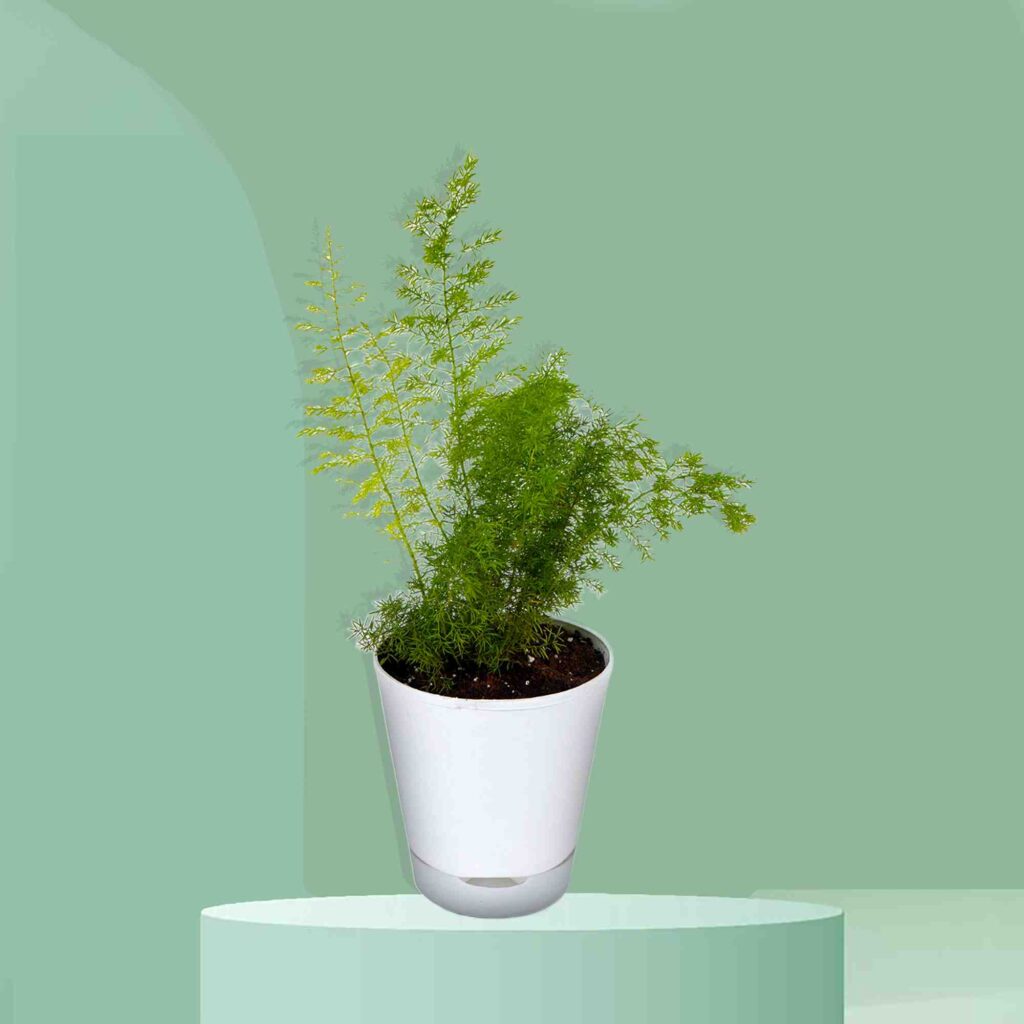

Asparagus Meyeri Plant – ( Foxtail Fern Plant )
There are several different species and varieties of Asparagus Meyeri Plant that have been grown as house plants since the late 19th century because they are one of the fastest growing, least demanding, easiest to care for plants for growing indoors. Asparagus Meyeri Plant produce tiny white flowers in late summer to fall, and will occasionally form red or black berries. They can be trained to cascade down from a hanging planter, or to grow up a totem as a vine.


Light & Temperature
Foxtail Fern Plant prefers soft light and likes to be planted in areas with filtered shade. A little morning sun is fine, just be sure your plant receives protection in the bright, hot afternoon. Indoors, place foxtail fern in bright, indirect light. Too much strong light will burn the leaves. Foxtail fern can be kept outdoors year-round. In colder climates, however, potted ferns need to be taken in for the winter. This plant will not handle cold temperatures, so be sure to protect it from potential frosts.
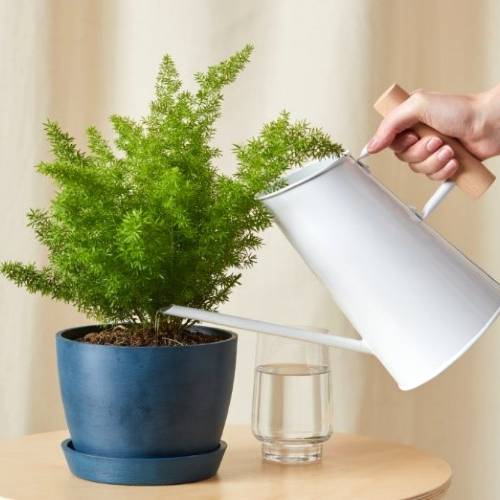

Watering
Foxtail Fern Plant has tuberous roots which store water, even when the soil is dry. For this reason, it is easy to overwater this plant. Stick to a schedule of once-a-week waterings giving your fern a good drink, but letting the top three inches of soil dry out completely in between. Should you experience a drought, you may need to water more frequently. Just test the soil with your finger before doing so. Always allow for ample drainage when watering potted plants, and never let water sit in the tray.


Fertilization
Start feeding your Foxtail Fern Plant in the spring, and then continue monthly throughout the growing season using a 10-10-10 plant food at half strength. Foxtail fern responds well to both slow-release fertilizers as well as liquid fertilizers. For outdoor garden ferns, you can also amend the soil annually in the fall with one inch of compost scattered around the plant topped with two inches of mulch.


Repotting Asparagus Meyeri Plant
The key to growing a healthy potted Foxtail Fern Plant is sizing your pot, or container, just right. A fern grown in a pot that is too large may hold excess water, causing rot problems. You will know when it is time to repot your foxtail when the plant’s roots become bound (roots will begin to peek up out of the soil). When this happens, simply move your fern to a pot that is two inches larger than the previous one, or gently divide the plant, as if propagating, and transplant half of the fern into another container.
Propagating Asparagus Plant
The easiest way to propagate Foxtail Fern Plant is through division, and the best time to do it is in the spring. Here’s how to propagate through division:
- Gather a spade shovel, garden knife, or sharp garden shears, soil conditioner, compost, and mulch.
- Dig up your large fern (or, for potted plants, tip the pot upside down to remove the fern from the pot) to expose the root ball.
- With your garden knife or shears, divide the roots in half making sure to even out the greenery. Pull the two sides apart.
- Dig two holes that are wider than they are deep and sprinkle in the soil conditioner. Water the holes and allow the soil to drain.
- Place each root ball in the hole, taking care to fully bury the roots. Backfill with garden compost and soil. Water the ferns thoroughly.
- Wait a day or two, and then spread compost, soil conditioner, or garden mulch around the base of the plant.


Plant Care Tips
- Pruning: As with any garden perennial, foxtail fern requires the removal of stems at the base. This will help your plant look robust, while encouraging new growth. Periodically, you can also pinch one inch off the stems to spur growth.
- Yellow leaves: If your indoor fern begins to yellow, and the moisture content seems spot-on, relocate your potted plant to a sunny window to see if things improve.
- Fungal disease, powdery mildew, and crown rot are known to affect foxtail ferns that receive too much water. Overwatering, and hot and humid weather, make the perfect conditions for fungus to proliferate.
- Moisture Stress: It is one of the most common problems with foxtail fern. Overwatering will cause leaves and stems to yellow, and the plant will eventually die.
- Foxtails are not highly susceptible to bugs and pests; however, the mealybug and other scale insects could move in on a plant that is unkempt. Spray your plant with organic neem oil to ward off the offenders and prevent them from coming back.




Our Favourable Aspects
- Self-Watering Pot: Excess water gets stored in the reservoir below, the roots then absorb water via capillary action and the plants get water as and when required. It allows you to water less frequently making the plant easy to care for.
- Potting Mixture: It’s a mixture of appropriate amounts of soil, cocopeat & organic vermicompost. Provides best environment to the plant’s roots. It also contains slow-release Fertilizer which gives nutrients to the plants every time it is watered for 6 months.
- Packaging: Plant is secured in a good quality cardboard packaging. Inner Box holds the potted plant in place so that any movement during transit does not affect the plant. Outer box has slits which allow the plant to breathe freely during transit.



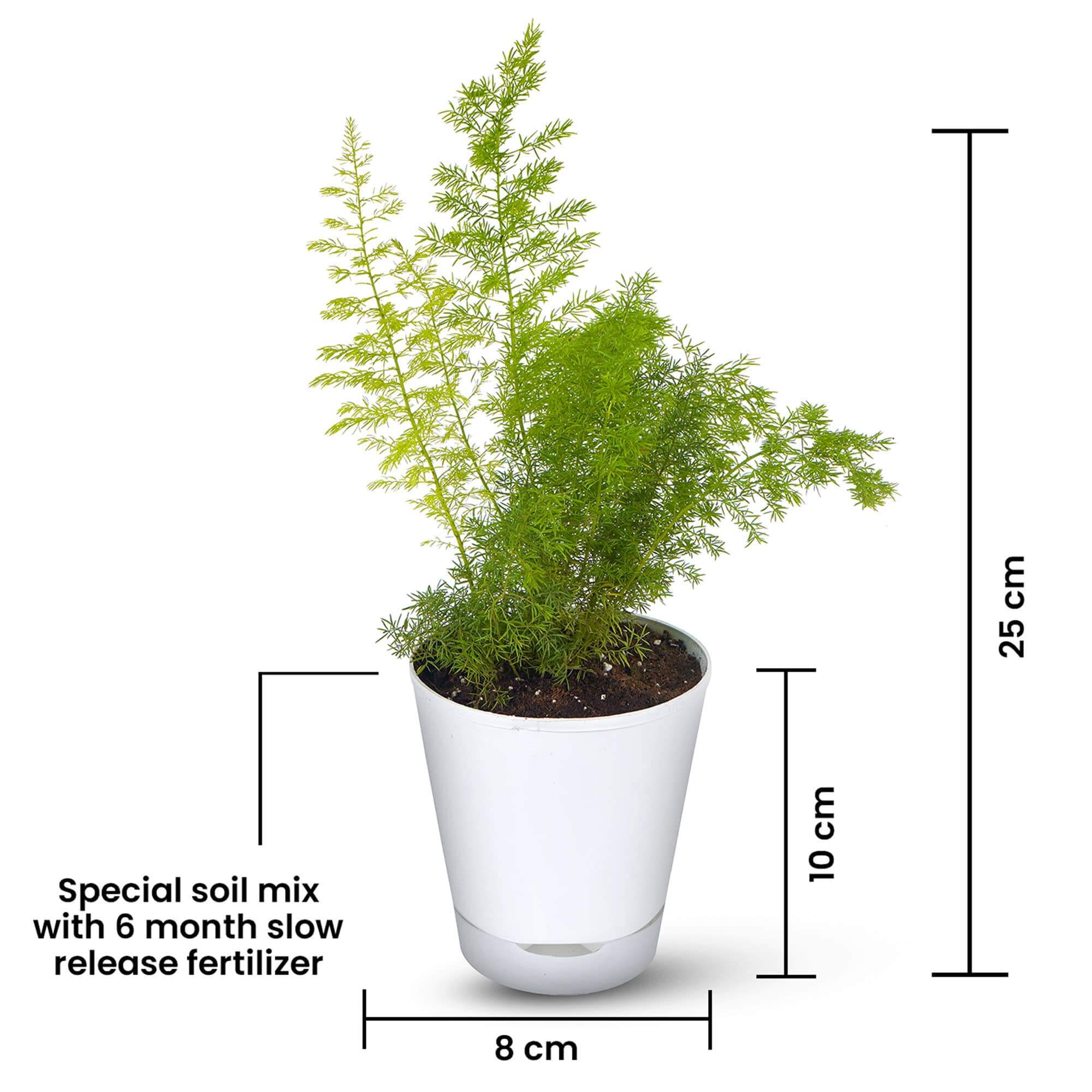
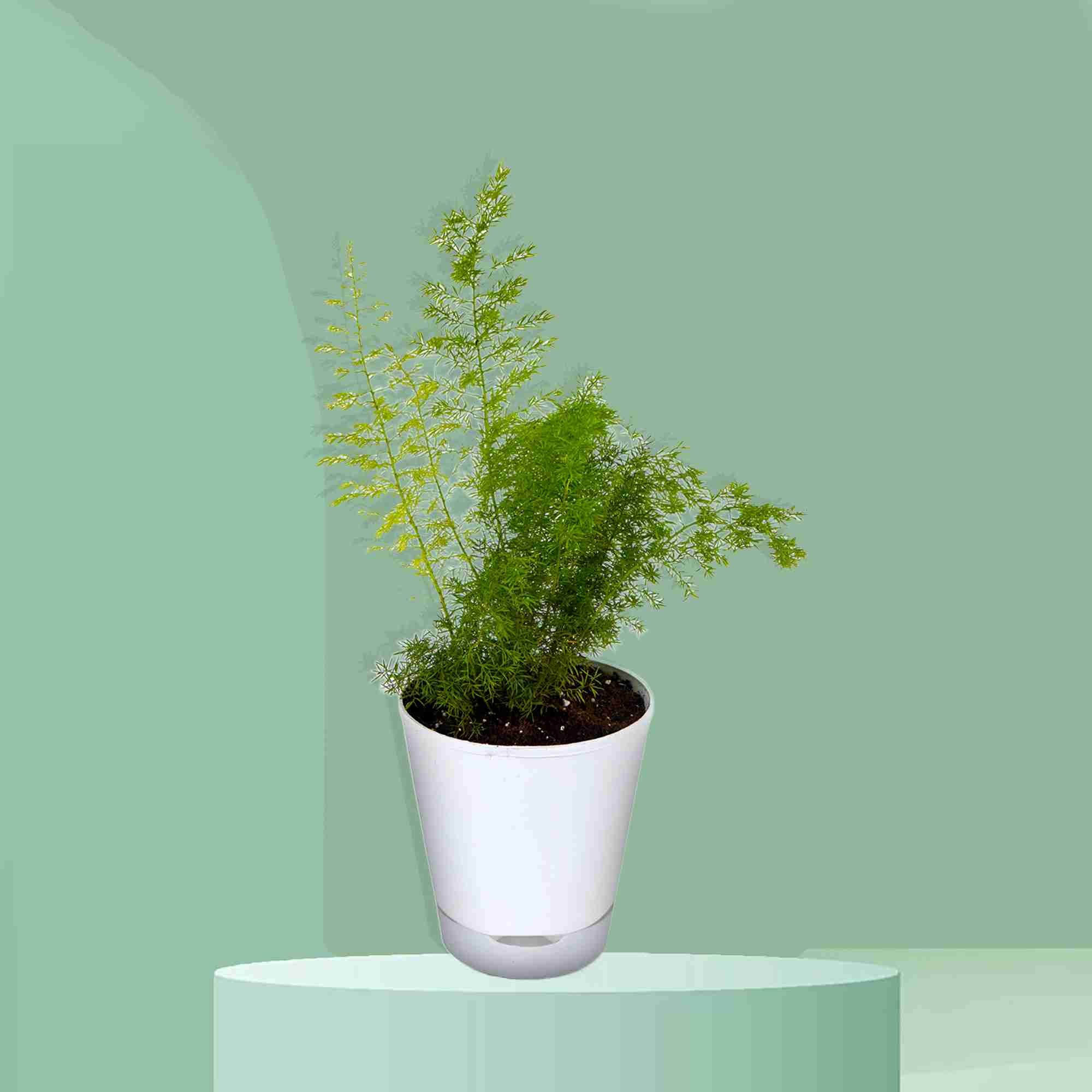
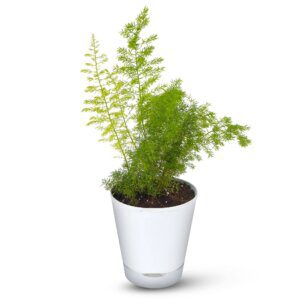
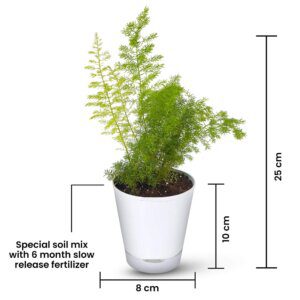
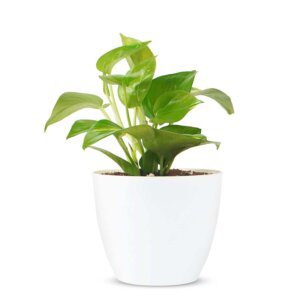
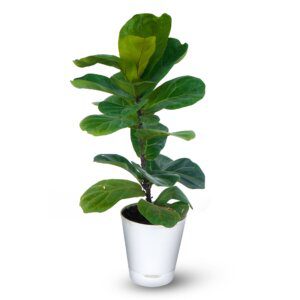

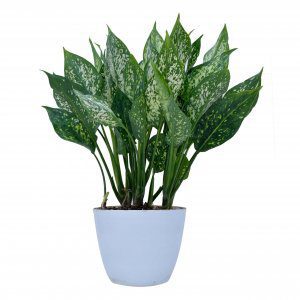

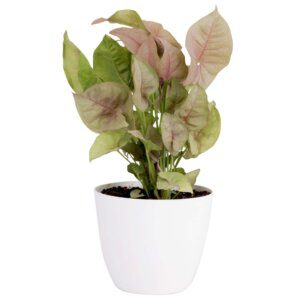

Reviews
There are no reviews yet.